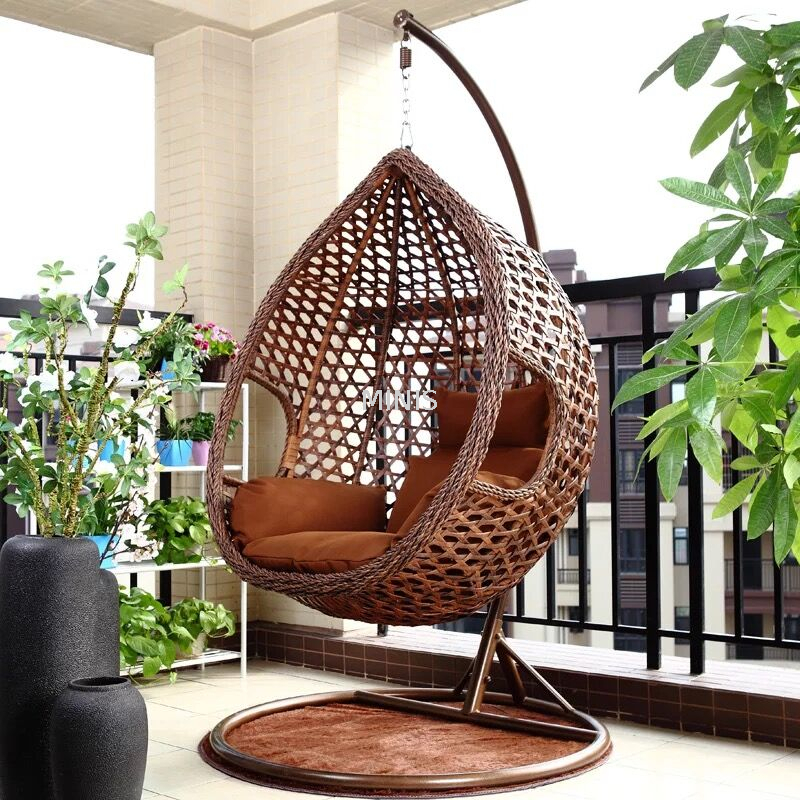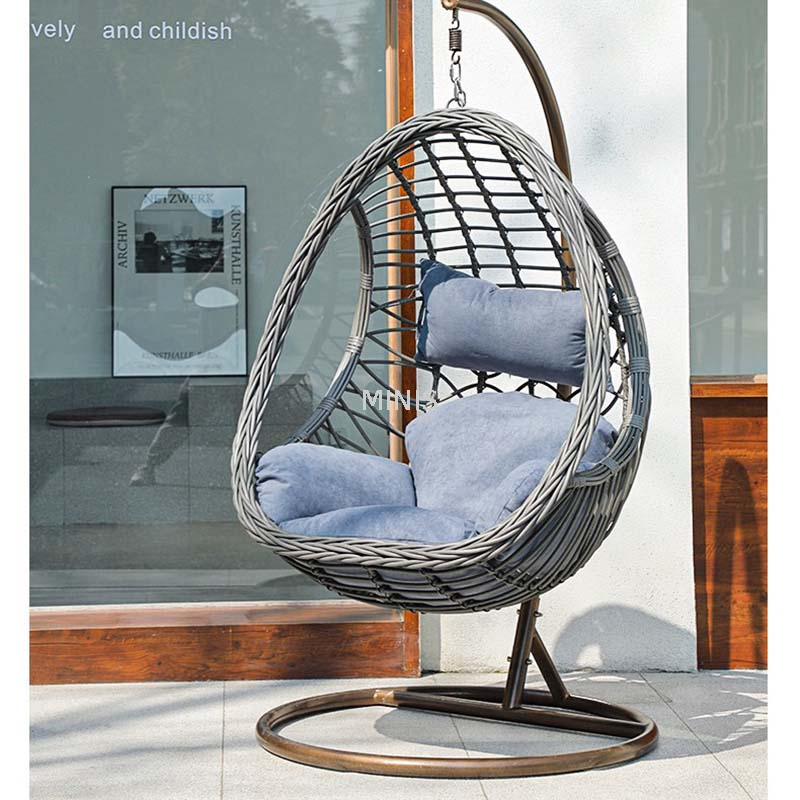Views: 0 Author: Site Editor Publish Time: 2025-09-29 Origin: Site








Cleaning outdoor plastic chairs is essential for maintaining their appearance and longevity. With various types of plastic used in these chairs, understanding the right cleaning methods is crucial to avoid damage. This guide will walk you through effective cleaning techniques, from basic maintenance to deep cleaning solutions, ensuring your outdoor furniture remains functional and attractive throughout the seasons. Whether you're dealing with stubborn stains or routine upkeep, you'll find the tips you need to keep your chairs looking their best.
Outdoor plastic chairs come in various types of plastic, each with unique properties affecting durability, appearance, and cleaning methods. The most common plastics include:
● Polypropylene (PP): Lightweight and budget-friendly, often molded into sleek shapes. It is less UV-resistant, so it can fade or develop a chalky surface over time. It’s more brittle in extreme cold.
● High-Density Polyethylene (HDPE): Known for high durability and UV resistance, HDPE chairs resist chipping, cracking, or peeling. They’re often made from recycled materials but tend to be heavier.
● Polyvinyl Chloride (PVC): Rigid and moisture-resistant, PVC is low-cost but can become brittle and crack with age or in cold weather.
● Synthetic Resin Wicker: Made from woven resin or polyethylene, this plastic mimics natural wicker but offers better weather and fade resistance.
Knowing the plastic type helps choose the right cleaning approach and protective measures.
Plastic outdoor chairs offer several advantages:
● Lightweight and Portable: Easy to move and stack.
● Weather-Resistant: Most plastics resist moisture, rust, and rot.
● Cost-Effective: Generally more affordable than wood or metal.
● Low Maintenance: No need for painting or sealing.
However, challenges exist:
● Susceptible to UV Damage: Sunlight can cause fading, brittleness, or chalky buildup, especially in polypropylene and PVC.
● Staining and Dirt Accumulation: Plastic can attract dirt, bird droppings, tree sap, and stains that require regular cleaning.
● Scratching: Abrasive cleaners or scrubbing pads can scratch surfaces, making dirt stick in grooves.
● Temperature Sensitivity: Some plastics become brittle in cold weather, risking cracks.
Understanding these benefits and challenges helps in selecting proper cleaning products and maintenance routines, ensuring your chairs stay functional and attractive longer.
Identify your outdoor chairs' plastic type before cleaning to select suitable products and avoid damage.

Before you start cleaning your outdoor plastic chairs, gather all the necessary supplies. Having everything ready makes the process smooth and efficient. Here’s what you’ll need:
● Mild dish soap or a specialized plastic cleaner: Gentle enough to clean without damaging the surface.
● Warm water: Helps dissolve dirt and grime more effectively.
● Soft-bristled brush or sponge: Avoid abrasive tools to prevent scratches.
● Bucket: For mixing your cleaning solution.
● Hose or spray nozzle: To rinse off soap and dirt.
● Microfiber cloths or towels: For drying and wiping off excess moisture.
● Protective gloves (optional): To protect your hands from prolonged exposure to water or cleaning agents.
Some stains on plastic chairs can be stubborn, requiring extra care. Consider adding these items to your cleaning kit:
● White vinegar: A natural disinfectant that helps break down mildew, mold, and mineral deposits.
● Baking soda: Acts as a gentle abrasive for scrubbing tough stains.
● Spray bottle: For applying vinegar or other solutions evenly.
● Oxygen-based bleach: Safer than chlorine bleach, useful for whitening dingy plastic.
● Commercial stain removers (e.g., Goo Gone): Effective for sticky substances like tree sap.
● Automotive paste wax: To protect and shine plastic after cleaning.
Having these optional supplies on hand allows you to tackle a variety of stains without risking damage to your chairs.
Always test any cleaning solution on a small hidden area first to ensure it won’t discolor or damage your plastic chairs.
Before cleaning your outdoor plastic chairs, start by removing any cushions, pillows, or detachable accessories. These items can trap moisture and dirt, so taking them off helps you clean the entire chair surface properly. Plus, cushions often require separate cleaning methods, so it’s best to handle them apart.
If your cushions have removable covers, check the care label for washing instructions. For non-removable cushions, spot clean using mild soap and water, then let them air dry fully before putting them back. Removing accessories like seat pads, clips, or decorative elements ensures no spots are missed during cleaning.
Once the cushions and accessories are off, focus on removing loose dirt and debris from the chair. This step makes the actual cleaning easier and prevents scratching the plastic surface.
● Shake or Tap: Gently shake the chair or tap it against a hard surface to dislodge loose dust, leaves, or dirt.
● Brush Off Debris: Use a soft-bristled brush or a dry cloth to sweep away any remaining dirt, especially in crevices and joints.
● Rinse Lightly: If possible, rinse the chair with a garden hose or use a spray nozzle on low pressure to wash off surface grime. Avoid high-pressure settings, which can damage the plastic or loosen glued parts.
This pre-cleaning step helps remove stubborn particles that might cause scratches during scrubbing. It also prepares the chair for a more effective cleaning solution application.
Always remove cushions and rinse off loose dirt before scrubbing to protect the plastic surface from scratches and ensure a thorough clean.
Start by mixing a gentle cleaning solution to avoid damaging your outdoor plastic chairs. Fill a bucket with warm water and add a few drops of mild dish soap. Stir the mixture well until it becomes sudsy. This simple solution effectively breaks down dirt and grime without harming the plastic surface.
For extra cleaning power on tougher spots, you can add baking soda to the mix. Baking soda acts as a mild abrasive, helping lift stubborn stains without scratching. To make a paste, combine baking soda with a small amount of water until you get a spreadable consistency. Keep this paste handy for scrubbing problem areas.
Use a soft-bristled brush or sponge dipped in your cleaning solution to scrub the chairs gently. Focus on areas where dirt tends to accumulate, such as joints, crevices, and textured surfaces. Avoid abrasive scrubbers or harsh brushes, as they can scratch the plastic and cause permanent damage.
Apply the baking soda paste to tough stains, letting it sit for a few minutes before scrubbing gently in circular motions. This targeted approach helps remove grease, sap, or mildew without harming the chair’s finish. Remember to scrub evenly across the surface to avoid uneven discoloration.
Once you’ve scrubbed the entire chair, rinse it thoroughly with clean water. Use a garden hose or a spray nozzle to wash away all soap residue and loosened dirt. Make sure to rinse every nook and cranny to prevent soap buildup, which can attract more dirt later.
After rinsing, dry the chairs using a microfiber cloth or soft towel to prevent water spots. Alternatively, allow them to air dry in a shaded area to avoid direct sunlight, which can sometimes cause plastic to fade faster. Proper drying helps keep your chairs looking fresh and prevents mold or mildew growth.
Always use soft brushes and mild soaps when cleaning plastic chairs to protect their surface and extend their lifespan.
When basic cleaning doesn't remove stubborn stains, it's time for deep cleaning. Vinegar and baking soda are natural, effective options that break down grime without harming plastic.
Start by mixing equal parts water and white vinegar in a spray bottle. Spray this solution generously on stained areas, especially where mildew, mold, or mineral deposits have built up. Let it sit for 10 to 15 minutes to loosen the dirt and kill mold spores.
For tougher stains like grease or sap, make a baking soda paste. Combine baking soda with a small amount of water to form a thick paste. Apply it directly onto the stain and let it rest for 15 minutes. Then, use a soft-bristled brush to scrub gently in circular motions. This mild abrasive lifts stains without scratching the plastic surface.
After treating stains with vinegar or baking soda, rinse the chairs thoroughly using a garden hose or spray nozzle. Make sure all residues are washed away, as leftover cleaning agents can attract more dirt or cause discoloration.
Certain stains may require targeted treatments:
● Tree Sap and Sticky Residues: Use a commercial stain remover like Goo Gone or apply rubbing alcohol on a cloth to dissolve sticky substances. Always test on a hidden area first to avoid discoloration. After treatment, rinse well.
● Rust Stains: Apply white vinegar directly to rust spots. Let it sit for 10 minutes, then scrub with a soft brush. Rinse thoroughly.
● Mildew and Mold: Besides vinegar, oxygen-based bleach solutions can brighten and disinfect plastic. Mix according to package instructions, apply with a sponge, wait 15 minutes, then rinse.
● Fading and Chalky Surfaces: Use a plastic restorer or automotive paste wax after cleaning. These products help revive color and shine, protecting plastic from UV damage.
Remember to avoid harsh chemicals like chlorine bleach or ammonia, which can degrade plastic and cause permanent damage.
Always test stain removers or homemade solutions on a small, hidden area of your plastic chairs before full application to prevent unexpected discoloration or damage.

Plastic outdoor chairs often face sun exposure that can cause fading, brittleness, and a chalky surface. Applying a UV protectant spray designed for plastics helps shield the material from harmful ultraviolet rays. These sprays form a protective barrier that slows down color fading and prevents surface degradation. To apply, clean and dry your chairs thoroughly, then spray evenly over all surfaces. Allow the chairs to dry completely before use. Reapply the protectant every few months during the outdoor season for best results.
Proper storage during off-season months extends the life of outdoor plastic chairs. Before storing, clean chairs thoroughly to remove dirt, mold, or mildew that can cause stains or damage over time. If possible, store chairs indoors in a dry, cool place to protect them from extreme temperatures and moisture. When indoor storage isn’t available, use weatherproof covers that fit snugly to keep dust, pests, and UV rays at bay. Avoid stacking chairs in a way that causes stress or warping. Elevate chairs off damp ground to prevent moisture buildup underneath.
Maintaining your plastic chairs regularly keeps them looking fresh and functional. Wipe down chairs monthly using a damp microfiber cloth to remove dust, pollen, or bird droppings. After rain or storms, rinse chairs to wash away accumulated grime. Avoid harsh chemicals or abrasive tools that damage plastic surfaces. Inspect chairs periodically for cracks, loose parts, or fading. Address minor repairs quickly to prevent further damage. Applying a thin coat of automotive paste wax after cleaning can add extra shine and create a dirt-repellent finish.
Schedule UV protectant applications and off-season storage as part of your annual maintenance routine to maximize outdoor plastic chairs’ lifespan and appearance.
Cleaning outdoor plastic chairs involves using mild soap solutions and soft brushes to avoid damage. Deep cleaning with vinegar or baking soda tackles tough stains. Regular maintenance, including applying UV protectant and storing chairs properly, extends their lifespan. Keeping chairs clean enhances their appearance and durability, ensuring they remain functional and attractive. Foshan Minis Furniture Co., Ltd. offers high-quality plastic furniture that combines durability with aesthetic appeal, providing exceptional value and enhancing outdoor spaces with style and reliability.
A: High-Density Polyethylene (HDPE) is ideal for outdoor chairs due to its durability and UV resistance.
A: Use a mild dish soap and warm water solution with a soft-bristled brush for general cleaning of outdoor chairs.
A: Outdoor chairs fade due to UV exposure, which breaks down plastic over time.
A: It's best to avoid chlorine bleach; opt for oxygen-based bleach for tough stains on outdoor chairs.